HISPACOOP Study on Nutri-Score
30.01.2020 18:10:56
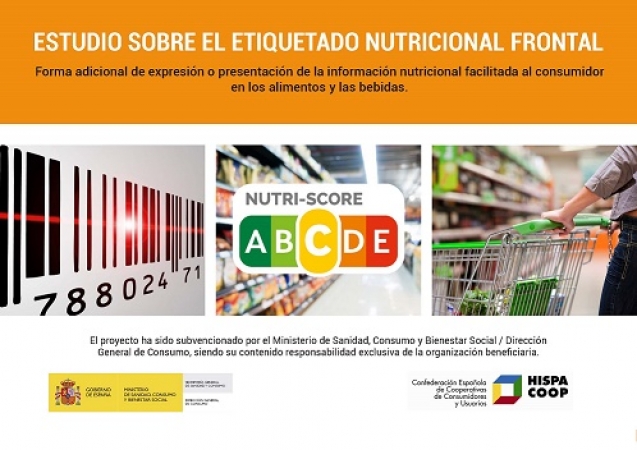
The Spanish Confederation of Cooperatives Consumers and Users (HISPACOOP) published a ‘Study on Frontal Nutrition Labelling’, [original title: Estudio sobre el etiquetado nutricional frontal.], analysing whether Nutri-Score provides an additional form of presenting the nutritional information provided to the consumer on foods and drinks. The analysis is based on information collected by means of a consumer survey on the Nutri-Score system in the framework of the Consumption Project “Forms of Presentation of Nutritional Information to the Consumer” subsidized by the Directorate General of Consumption, within the Ministry of Health, Consumption and Social Welfare. HISPACOOP carried out individual interviews with 2,011 Spanish consumers by means of an online anonymous questionnaire, thereby investigating their opinion and understanding of the Nutri-Score, as well as the scheme’s ability to nudge consumers towards healthier food products.
Consumers’ Feedback
Although we know that the overall purchasing experience reflects the consumers’ need to strike a balance between several important elements, it is important to note that only 24% of questionnaire respondents identify ‘health’ as 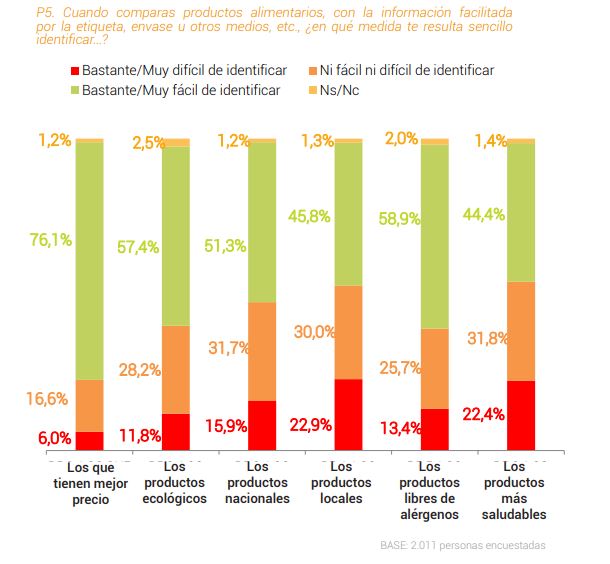 their most important criteria when choosing a product. Other relevant data is that one in two Spanish consumers would like to receive additional information in order to better compare between different food products. The study found that the information which currently are considered as missing relate mainly to the nutritional aspects (17%) and the origin of food (16%). It also emerged that while 57% and 51% consider the identification of respectively ecological and national products very easy, a majority of consumers finds it difficult to assess nutritional values.
their most important criteria when choosing a product. Other relevant data is that one in two Spanish consumers would like to receive additional information in order to better compare between different food products. The study found that the information which currently are considered as missing relate mainly to the nutritional aspects (17%) and the origin of food (16%). It also emerged that while 57% and 51% consider the identification of respectively ecological and national products very easy, a majority of consumers finds it difficult to assess nutritional values.
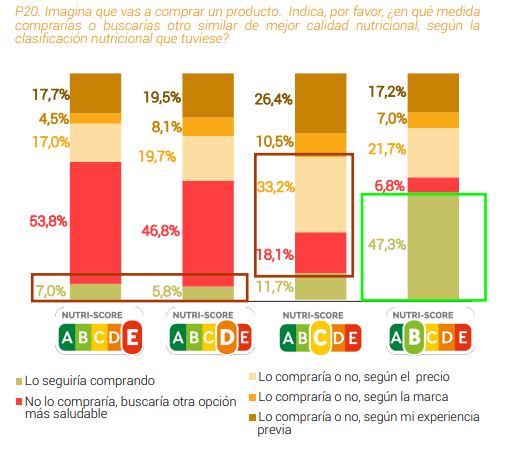 When focusing specifically on the Nutri-Score, 36% of consumers, even if not previously instructed on the meaning of the label, instinctively use the ranking and color-coded system to identify the healthiest product. The most important finding of the questionnaire indicates that, once an explanation of the scheme is provided, about 80% of the people surveyed say Nutri-Score would allow them to better compare similar products of different brands, different products of the same category or products from different categories which could be consumed as substitutes for one another. To conclude, the study points out that 92% of those surveyed think that they this label would help them make the healthier choice when doing their groceries.
When focusing specifically on the Nutri-Score, 36% of consumers, even if not previously instructed on the meaning of the label, instinctively use the ranking and color-coded system to identify the healthiest product. The most important finding of the questionnaire indicates that, once an explanation of the scheme is provided, about 80% of the people surveyed say Nutri-Score would allow them to better compare similar products of different brands, different products of the same category or products from different categories which could be consumed as substitutes for one another. To conclude, the study points out that 92% of those surveyed think that they this label would help them make the healthier choice when doing their groceries.
Currently, only the governments of France, Belgium, Germany, Netherlands and Spain have opted for officially endorsing the Nutri-Score system and encourage food business operators within their country to integrate this interpretative, color-coded information tool on their products’ label.
Alternative National Schemes
However, Nutri-Score represents only one of the possible ‘Front of Pack’ labels which Member States can adopt ‘as they aim to facilitate consumer understanding of the contribution or importance of the food to the energy 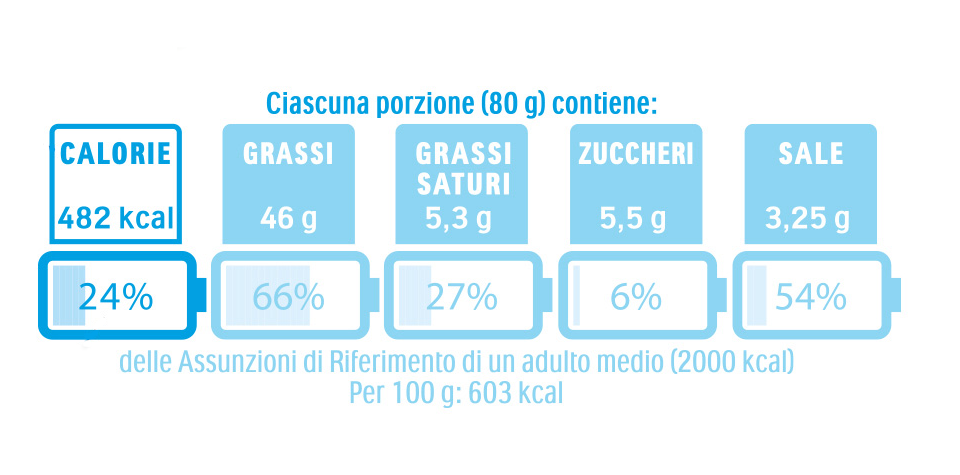 and nutrient content of a diet’. For example, the Italian government recently presented an alternative food labelling scheme, called Nutrinform, based on a charging light-blue battery. In addition, there also exist the British Traffic Light Label and the Nordic Keyhole Logo. Indeed, these ‘additional forms of expression or presentation of the nutrition declaration’ are not mandatory pursuant the EU legislation [Regulation (EU) No 1169/2011)] and their uptake remains a voluntary measure, provided that they are supported by scientific research and do not undermine the functioning of the internal market.
and nutrient content of a diet’. For example, the Italian government recently presented an alternative food labelling scheme, called Nutrinform, based on a charging light-blue battery. In addition, there also exist the British Traffic Light Label and the Nordic Keyhole Logo. Indeed, these ‘additional forms of expression or presentation of the nutrition declaration’ are not mandatory pursuant the EU legislation [Regulation (EU) No 1169/2011)] and their uptake remains a voluntary measure, provided that they are supported by scientific research and do not undermine the functioning of the internal market.
Eroski Leads the Way
In this context, and in the absence of a harmonised European system, the Spanish Agency for Food Safety and Nutrition (AESAN) has included the promotion of Nutri-Score in its action plan to address the new frontal nutrition labelling (FOP. In Europe, some of the major food producers, such as Nestlé and Danone, have already introduced the system, but the industry is also calling on the EU to limit fragmentation and introduce a unified labelling system across the bloc.
Since the end of 2018, Eroski, the larger consumer co-operatives in Spain and an HISPACCOP member, voluntarily adopted the Nutri-Score for their own-brand products. Its progressive implementation now sees the 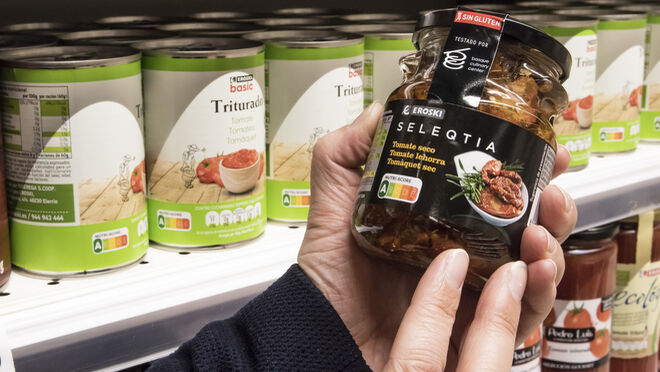 scheme applied to 300 products, including fresh products. The goal is to add the front-of-pack coloured code to more than 1,400 by 2020. The European Commission has announced the issue will be addressed in the forthcoming Farm to Fork Strategy which aims to develop ‘a single sustainable food logo,’ for rating the nutritional, environmental and social dimensions of a food product. A first action would be for the Commission to harmonize nutrition labelling across the bloc and evaluate the impacts of making it mandatory. Specific recommendations on EU-wide front-of-pack labelling standards are expected in a report which should be published before the summer.
scheme applied to 300 products, including fresh products. The goal is to add the front-of-pack coloured code to more than 1,400 by 2020. The European Commission has announced the issue will be addressed in the forthcoming Farm to Fork Strategy which aims to develop ‘a single sustainable food logo,’ for rating the nutritional, environmental and social dimensions of a food product. A first action would be for the Commission to harmonize nutrition labelling across the bloc and evaluate the impacts of making it mandatory. Specific recommendations on EU-wide front-of-pack labelling standards are expected in a report which should be published before the summer.
***
Latest Food Policy news
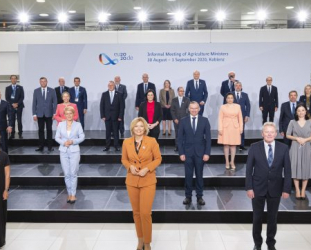
EU Agri-Ministers Discuss Food Origin, Animal Welfare & Food Security
Germany’s EU Presidency agenda on agriculture was launched with a two-day informal...
Latest Food Policy stories
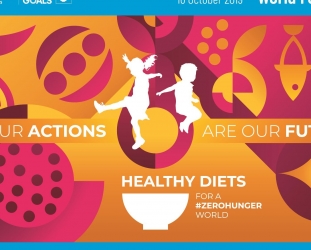
World Food Day 2019 - #zerohunger
Our renewed commitment to foster healthy diets for a #zerohunger world...
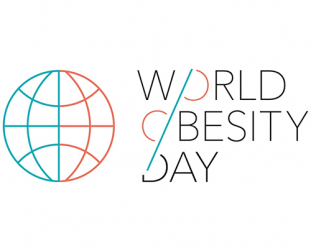
Euro Coop Raises Awareness #WorldObesityDay 2019
Consumer Co-operatives Continue Their Commitment to Curb the Epidemic Since...
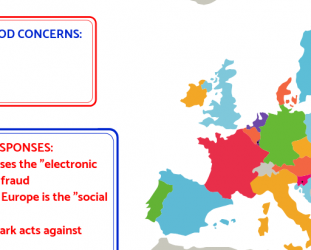
Euro Coop Celebrates World Food Safety Day
This 7 June 2019 is the first ever World Food Safety Day , as decided by the General Assembly...

